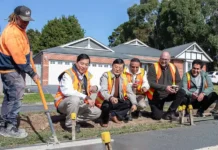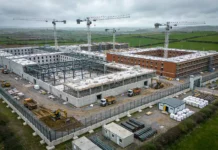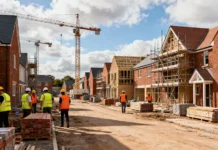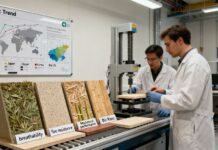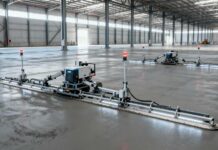As the United States infrastructure gets older, the need for repair and rehabilitation increases. Most of the constructed facilities are deteriorating at a rate faster than they can be repaired. Nearly half of the nation’s 575,600 highway bridges are structurally deficient or functionally obsolete (Engr. News Record, 11 Sept, 1995).
Several studies have documented the three trillion dollar rehabilitation /retrofitting need of U.S. infrastructure. Through the development and use of composite materials, this tremendous problem could be solved. New materials need to be developed that can act as a permanent “Band-Aid” that would not require large amounts of demolition work to be done before repair begins. Also, simple retrofits to reinforce substandard structures have a huge potential place in the marketplace.
Thermal setting resins and fiber rods and sheets are being used to repair and upgrade structural systems. High-strength FRP fabric can be wrapped with relative ease around a bridge pier, a concrete column, or a concrete beams. They are primarily used to stiffen columns and beams and to repair deteriorated concrete components.
Tests have established that wrapped structural elements, with confined concrete, can have an increase in strength and stiffness of 50% to 500% above that found with unwrapped elements. In addition, weak links in a structural system such as the lap-splice area near the column-footing interface can be strengthened to resist earthquake forces. Moreover, FRP plates and sheets are easier to install because they only need to be glued to the surface of a structure, which requires less on-site effort compared to steel plates.






